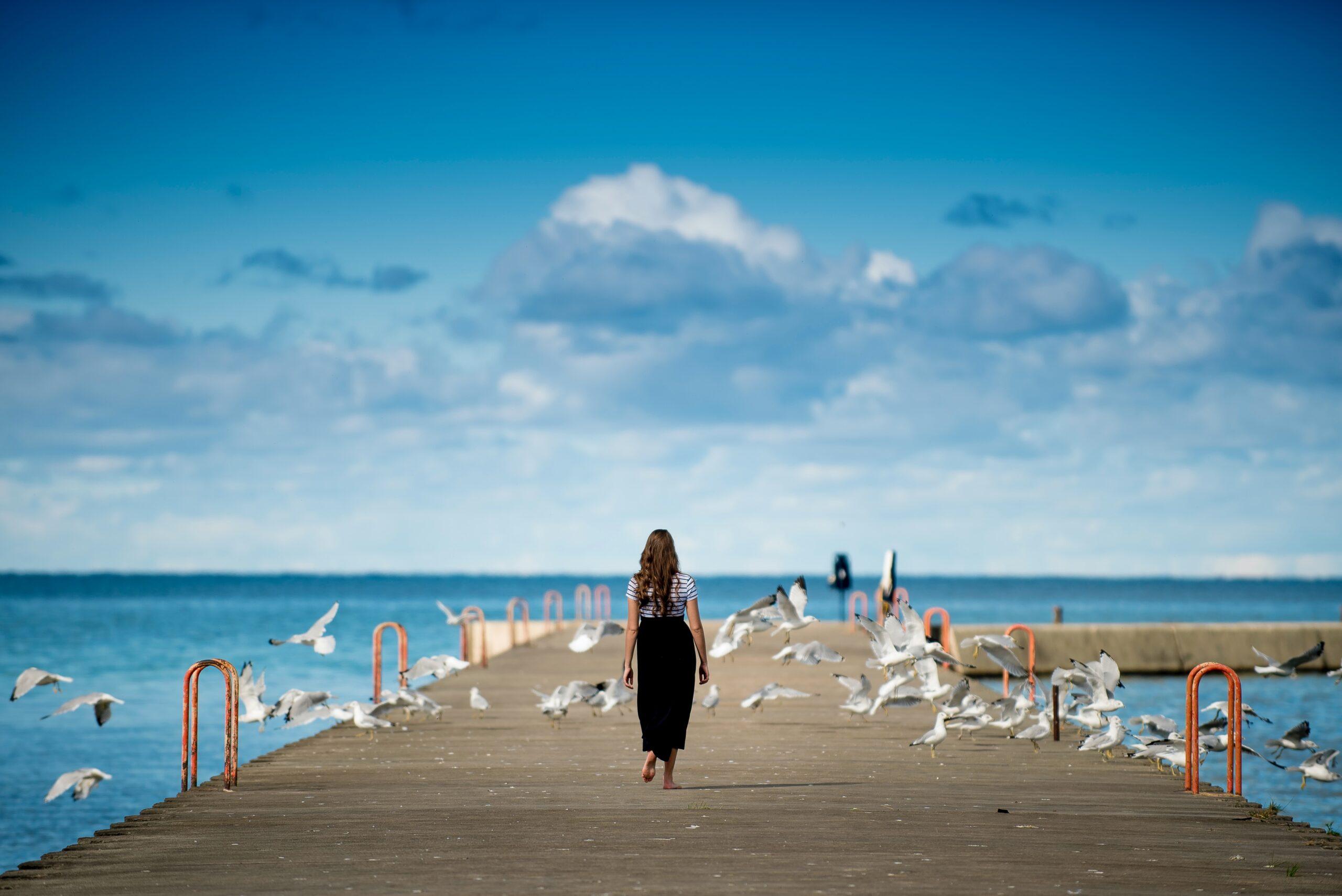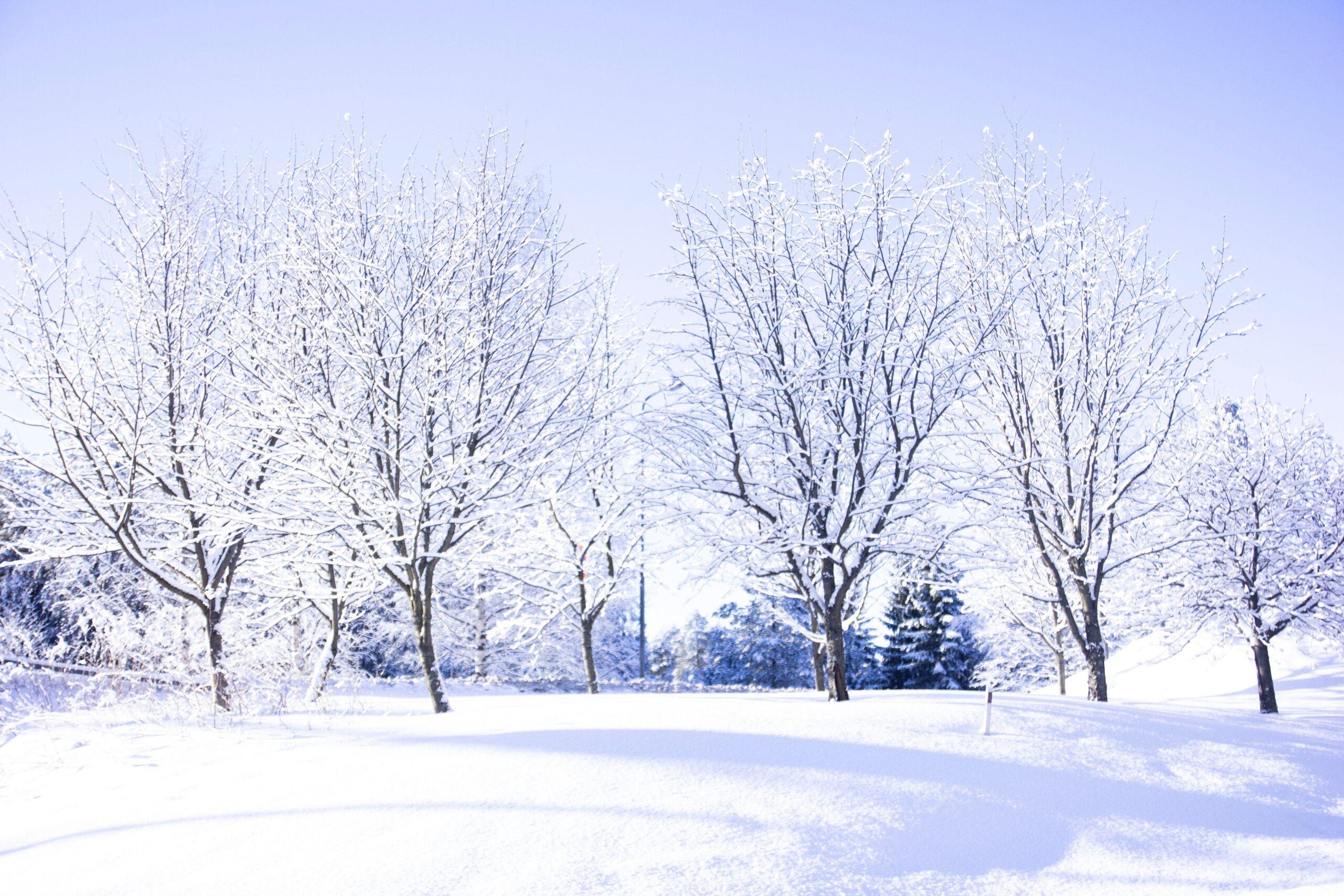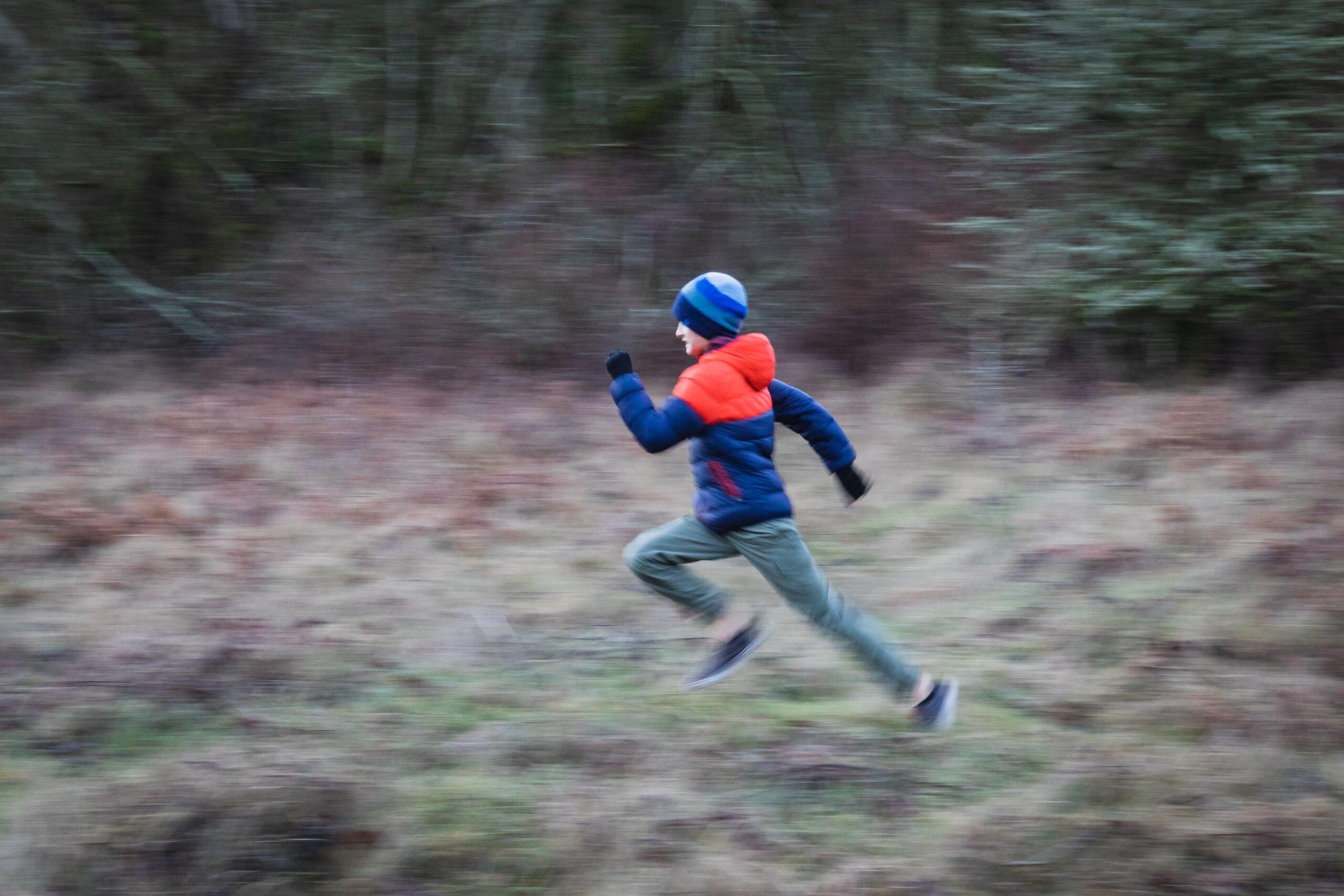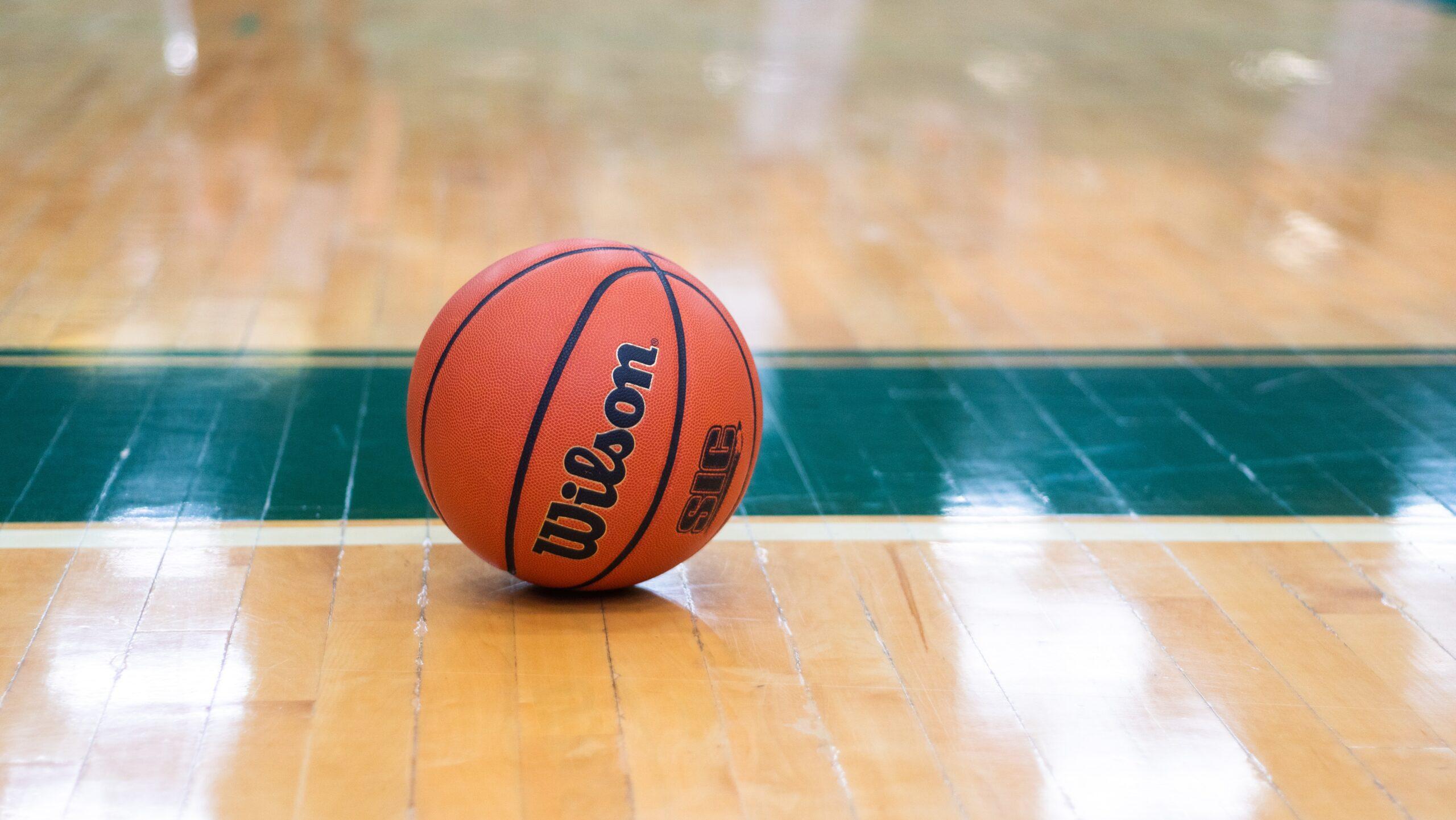Any play structure should have an established “use zone” filled with resilient surfacing material. The use zone should be at least six feet of obstacle-free space encircling the play structure. A six-foot use zone gives kids space to run around and fall without landing on something hard. If there are swings on the playground, you need at least 12 feet of space on both sides of the swings. This is because some adventurous kids will try jumping off the swings at full speed— in either direction.
The use zone should be filled with ample resilient surfacing material, such as bark chips, rubber chips, rubber matting, sand or pea gravel. While none of the choices are perfect, it is critical to have something to absorb the shock of an accidental fall. Experts have proven that the installation of a resilient surfacing material is by far the most crucial safety feature in a play structure. Kids immersed in outdoor play tend to slip and fall. Most injuries can be avoided by having a resilient surface that kids can essentially bounce off of. Most serious injuries occur on play equipment installed over hard surfaces, including concrete, dirt, grass or compacted sand.
Once you’ve selected the material, decide whether to install a border, like a box, to keep the bark chip inside the play area. Or you can have the play area excavated, allowing the bark chip to end up level with the rest of the yard. Just keep in mind that the latter is a more expensive option. And to prevent weeds from growing, install a landscaping fabric between the ground and the bark chip.
Safety First and Foremost
Additional safety tips for residential play structures.
- Round over all edges of the wood structures to eliminate sharp corners.
- Sand all surfaces of the wood to reduce the possibility of splinters.
- Avoid creating any entrapments and gaps in the railings to prevent children’s body parts from getting stuck.
- Eliminate any pinch points or dangerous protrusions.
- Bolts should not have more than two threads exposed beyond the nut. More than that could cause injury.
- Confirm that overhead branches of trees have been trimmed and nearby trees are healthy. This prevents foliage and debris from falling.
- Make sure no electrical wires are within reach of the structure. Once kids are involved in activity, they don’t stop to think whether or not an overhead wire is part of the play structure.
- Watch for children’s over-exposure to the sun. Try to place your play structure in a shady spot.
- Check that all railings are sturdy, well-attached and designed to reduce the likelihood of kids climbing on them.
- Create half-inch gaps all around the structures’ doors and shutters to ensure little fingers won’t get pinched.
- For any openings on an upper level, such as for a fire pole, add a safety gate with self-closing hinges. This prevents a child from accidentally falling through the opening.
- Meet or exceed building codes for backyard decks, even if this is not required.
- Consider attaching towers to the ground with concrete footings. In earthquake or hurricane areas, add the appropriate tie-down hardware.
- Design challenging ways up and down for older kids, as well as easy ways up and down for young children. Adults also appreciate the easy way up!
- Think about the flow of kid traffic when designing your play structure. For example, avoid having children come off of the slide right into the swings.
- Keep deck heights at a maximum of seven feet off of the ground and install a three-foot-high railing.
- Use only nontoxic products. We take redwood from well-managed forests and nontoxic tung oil stains that contain no mildicides, which is a highly toxic compound that inhibits the growth of mildew. Stains are better than paint because they are easier to maintain; paint tends to chip and peel, while stains simply fade with time. When cleaning our structures, we use a biodegradable citrus-based cleaner instead of commercial cleaners. All this benefits kids and the planet.
- Remove any loose ropes that kids might attach to the play structure.
- Inspect your play structure frequently. And, at least once a year, give it a thorough inspection: Tighten bolts, check for damage, clean off debris and spider webs, and inspect the swings’ hardware.




